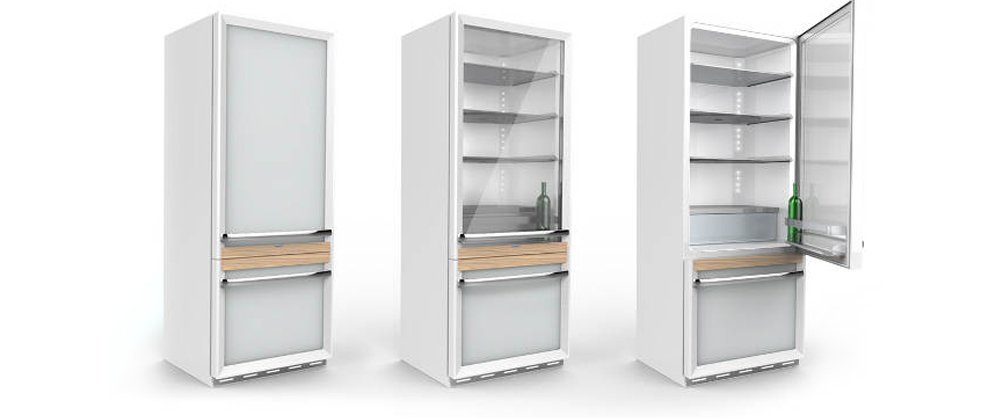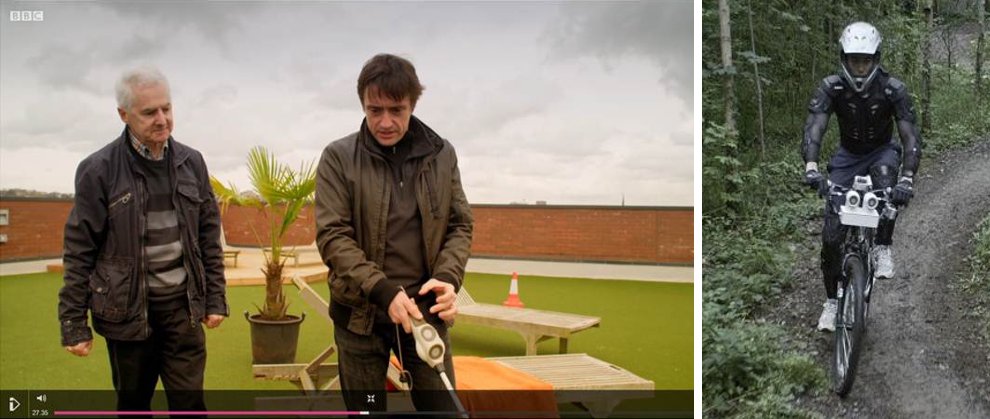Effective Design for Sustainability
Designing with environmental sustainability in mind can be a challenge. Manufacturing industry remains some way off a ‘Cradle to Cradle®’culture so the range of truly environmentally friendly raw materials that are available with easily accessible recycling channels is limited. Without adequate auditing tools in the design process, it can be harder to define a successful eco-design from the outset so opportunities can sometimes be missed. Even once a progressive design is accomplished there remains the problem of persuading consumers of the benefits to them of sometimes having to pay slightly more for a ‘greener’ product.
Minima are addressing these obstacles by taking on tools and training that give us a lead in being able to put accountable, sustainable design into practice. We are able to specify and benchmark the sustainable characteristics of new design concepts within a project and against current or competing models. This not only maximises the ‘green’ potential of a design but can indicate where future opportunities for improvement can be found.
In comparison to a change in underlying technology, the industrial design input to a product, on some measures, can have a less dramatic impact in its measurable environmental performance. For example, in the case of a new light, over its lifetime, changing the lamp specification from an older, conventional high wattage type to a low power LED fitting can show significantly greater energy savings in use than the energy savings possible in manufacture by using more environmentally friendly materials or designing for ease of recycling.
However, this does not mean that industrial design does not have an effective role in efforts to create more sustainable goods and services. One of the most important aspects in moving industry to a more sustainable footing is in changing consumer behaviour. It is possible for new washing powders to be effective at lower temperatures to use less electricity and for cars to run more fuel efficiently but if consumers maintain old habits of washing with hotter wash settings and accelerating hard when driving, then potential benefits can be largely diminished.
While government has a role in using taxation and infrastructure to create incentives for more environmentally friendly attitudes, design is on the front line of making it happen. It is design that communicates to consumers how to use a product and design that has the potential to make energy saving desirable.
How can this work in practice? Minima’s ‘Global’ Fridge range is the result of the application our eco-design thinking. It shows how it is possible to use design to both communicate green credentials and encourage a more energy efficient user interaction.
Home refrigeration uses the most electrical energy of all domestic electrical appliances due to them being constantly in use. Improvements to insulation and motors have reduced energy consumption considerably in recent years though there are still noticeable differences between the best and worst performers on the market. Much of the technology engineering dates back to the 1990s but it is in the 21st century, with the onset of higher energy costs coinciding with greater public awareness of environmental issues that the market reaction may be more apparent.
Still, those benefits can be limited if a user routinely leaves the door open letting out the chilled air. This is often the case when people open a fridge door to use the contents as a visual menu while thinking about what to eat. The approach for the Global range was to address this using a glass fronted fridge. This allows users to reduce the time they spend with the door open by letting them select what they want before opening the door. However, one of the reasons that domestic glass fronted fridges are rare is that externally displaying food can be considered unsightly.
The solution was to use glass with two versions of film applied to it that enabled it to switch between opaque and clear. A button on the outside activated the system and turned on the lighting inside that would normally be automatically activated by the door opening. In the first case, a non-coated metallic finished body features a half-silvered, one-way glass film on smoked glass to give a reflective appearance. This then goes transparent when backlit from the fridge interior light.
The second version allowed for white or coloured product finishes using an electro-glass film that is opaque when not in use but transparent when powered in conjunction with the inside lighting.
When the fridge is not being accessed, the glass is opaque, hiding the interior. When the user presses the illumination button, a whole meal’s ingredients can be chosen and found without any loss of cold air. The time that the door is then opened to actually retrieve the food is then kept to a minimum and the food is also kept fresher.
A rack is retained at the base of the fridge door in front of crisper drawers. Without door storage at upper levels, deeper shelves feature turntables to ease access to items at the rear.
Using our bespoke sustainability auditing tools, the Minima team is able to estimate the relative merits of different material selections. Additional attention to a flat-sided modular chassis that would be easier to recycle at end of life was also part of the strategy. The choice of a double-glazed glass front might not be the most energy efficient possible but its extra ability to optimise consumer behaviour can give it an extra edge in real world use.
In Europe, the EU Energy Efficiency Label helps consumers identify good efficient models but in a retail store setting it is difficult to read the details of every one. Restrained design trends make it hard to quickly focus on the environmental choice. Minima created eco-style cues to build a green brand style that highlighted to consumers its energy efficiency but still fitted within the constraints of a modern European kitchen interior. Reclaimed wood trim gives the machine-like exterior a subtle, softer feel more sympathetic to an environmental consciousness.
These design initiatives demonstrate how design can be an effective compliment to advanced clean technologies by engaging consumers in the benefits, optimising their use and minimising future recycling issues.
Cradle to Cradle® and C2C® are registered trademarks of MBDC


